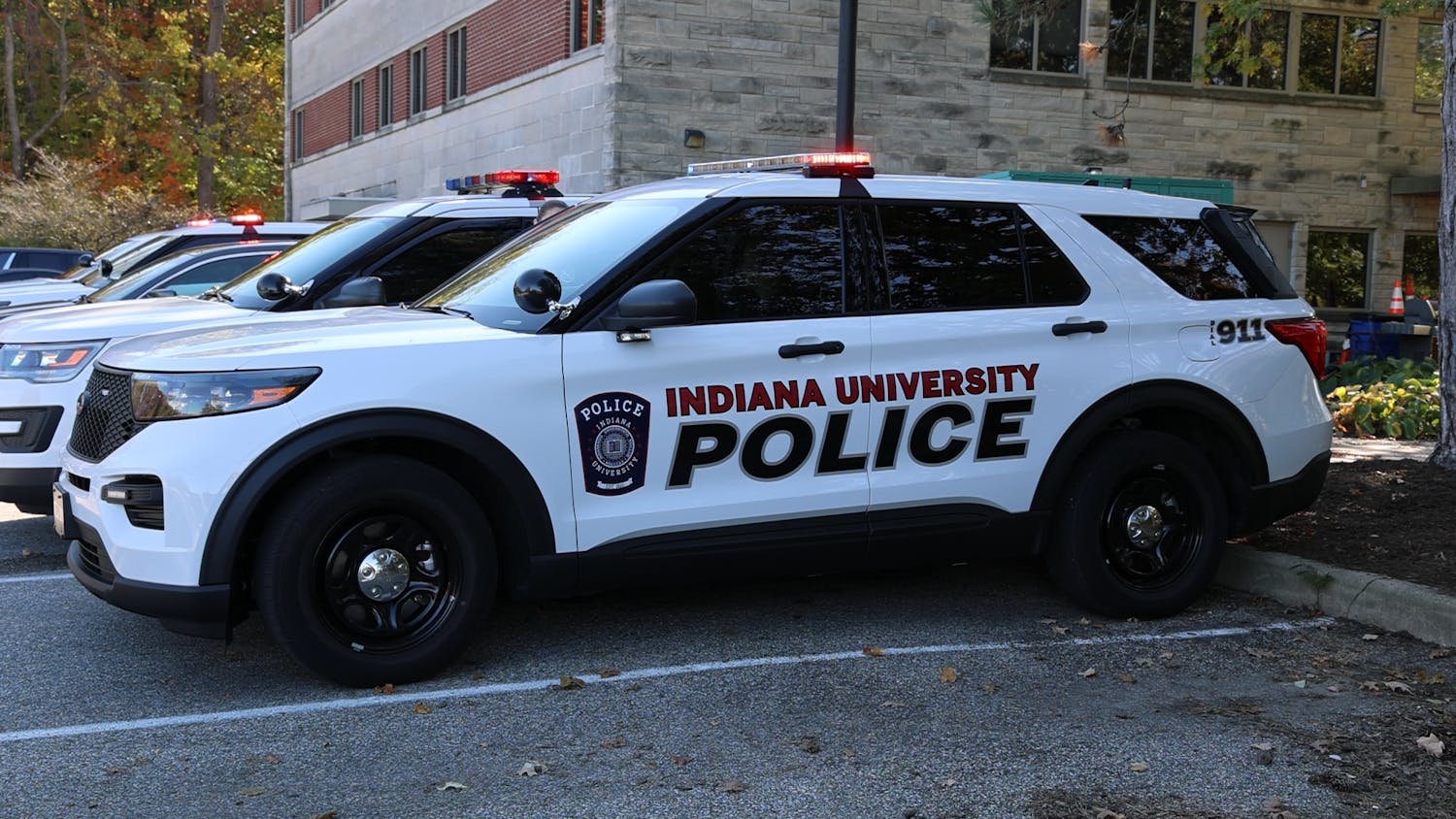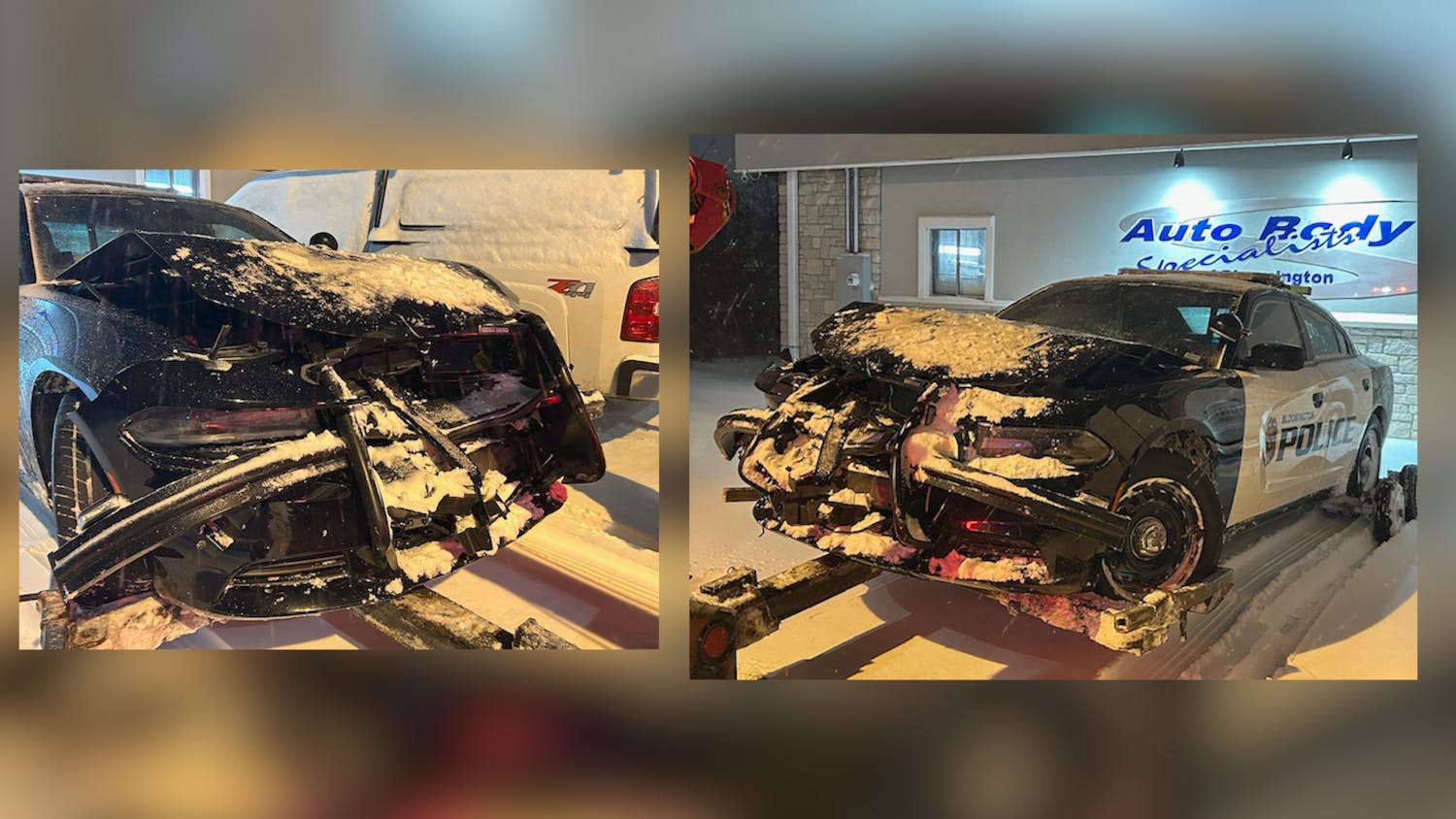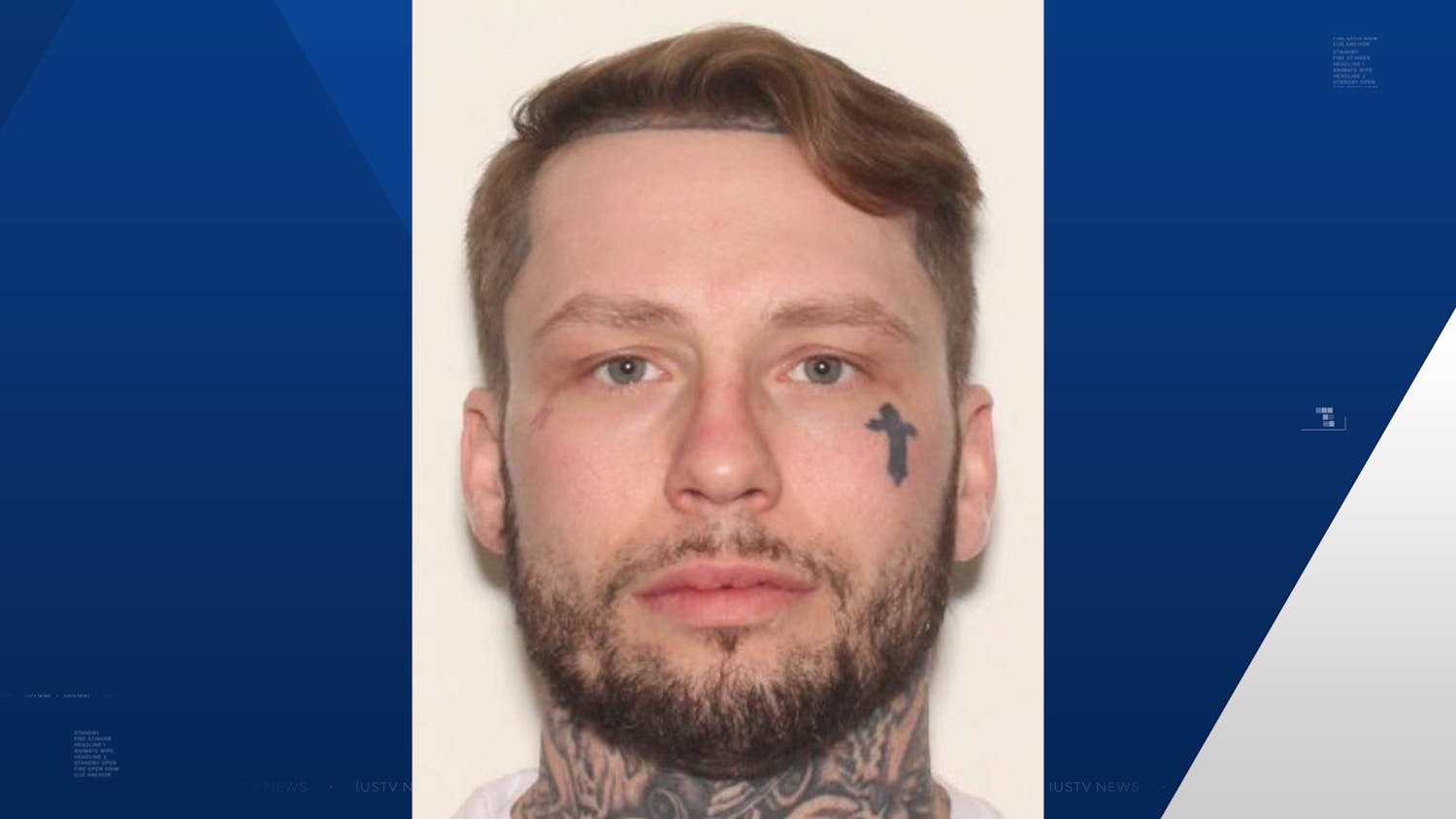Former IU player, current head basketball trainer added to sexual abuse lawsuit
The lawsuit, filed in October against Dr. Brad Bomba Sr. and the IU Board of Trustees, now includes former player John Flowers as another victim, alongside former players Haris Mujezinovic and Charlie Miller.



















































